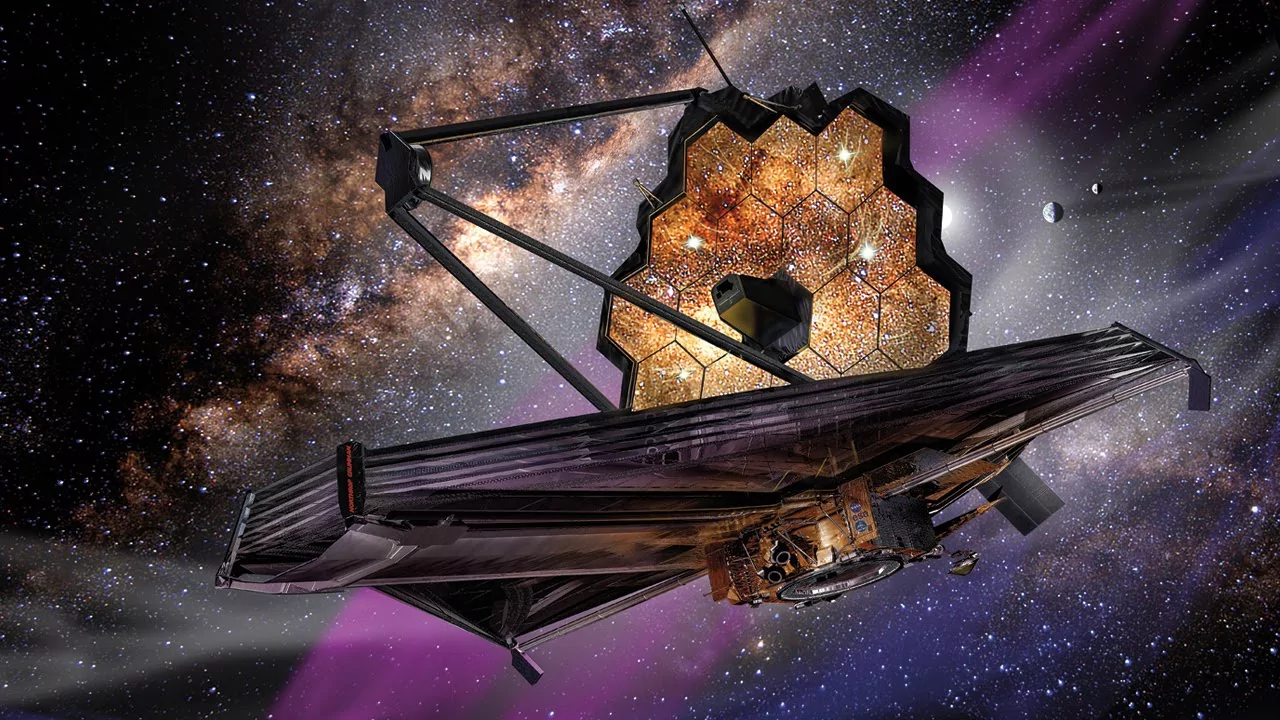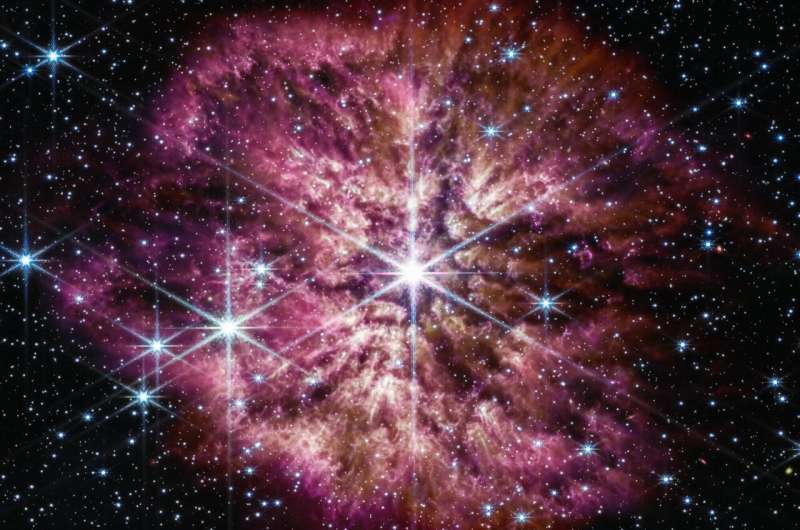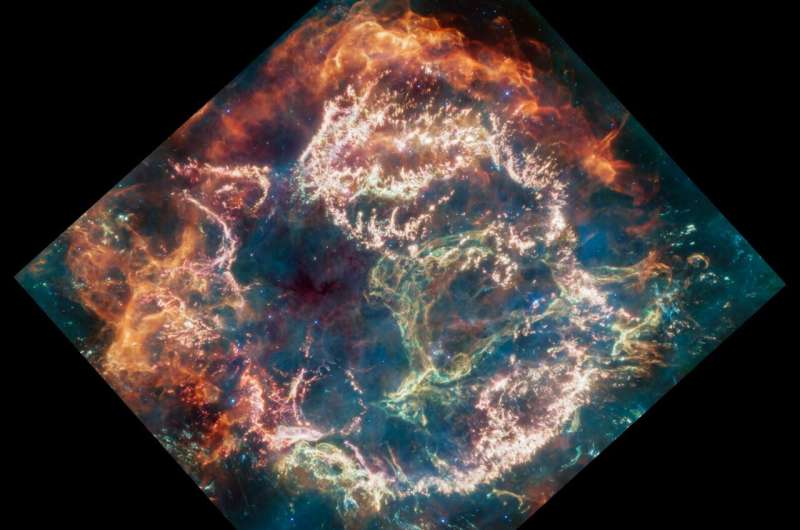The James Webb Space Telescope continues to surprise us with stunning images, but what exactly? Astronomer Ninke van der Marel shows in three photographs how short but explosive lives massive stars live. In the picture we can see Ophiuchus or Ophiuchus.
“This star-forming region is several million years old,” says Van der Marel. “These stars are still growing and planets are forming around them. The main part of my research has focused on this region.”
Van der Marel explains that different telescope filters create different colors. “Each filter is sensitive to different types of material that emit different types of light. The red you see is hot hydrogen. When a star forms, energy flows in two directions, pushing gas out of the surrounding cloud. These are the red jets you see in the picture.”
We also see some white light points. “These are young stars,” says Van der Marel.
We also see a large arch.
Van der Marel continues: “This is the outermost part of the cavity formed by the young massive star S1, which is located at the center of the cavity. S1 is 20 times larger than our Sun. Energy that causes chemical reactions by heating to extreme temperatures. This creates the space you see with the yellow edges made up of tiny dust particles.’
What caught Van der Marel’s attention the most in this picture?
“If you zoom in enough, you’ll see something that looks like an hourglass. This is what I find most interesting. This is the disk around the star you are looking at from the side. The dust in the disk absorbs the light of the star, and some of the dust in this dust disk comes together to form planets. We don’t know exactly how yet. That’s what I’m trying to find in my research.”
It takes millions of years for stars and planets to form.
“Frankly, we don’t have time to watch them form,” says van der Marel. “So we examine images of different stars at different ages and in different phases. Then we try to put them in the right order to see how planets and stars form. Images like this give us a good look at the formation of multiple stars at the same time in their environment.”
Wolf-Raye 124
Above is another image of a massive star, but at a later stage of evolution, Van der Marel says.
“In the middle we see a star called the Wolf-Rayet star, which is a star that has used up most of its hydrogen and lost its atmosphere. It is a very massive star, with a mass more than 20 times that of our Sun. And it is millions of times brighter. Stars this large evolve rapidly because they are very “They contain too much matter and are losing mass rapidly.”
Van der Marel says this star will explode in a few hundred thousand years.
“On an astronomical time scale, its life is very short. Massive stars explode at the end of their lives in what we call a supernova. After the star explodes, the picture will look completely different. Their short lifespan makes Wolf-Rayet stars very rare. There are only 500 of them in the entire Milky Way.”
The star is surrounded by a cloud of pink, brown and purple dust. “This dust flew from the surface of the star. This image will help us learn how these massive stars enrich heavier elements and dust particles. All the elements necessary for the formation of planets and life were created here. Now we can explore it for the first time.”
Cassiopeia
What remains after the explosion of a massive star? We see this in the image above. “After the supernova, what remains is a cloud that can be seen for thousands of years. The orange and red material is hydrogen from interstellar material expelled when the star exploded. The light pink material is probably the remaining star. So these are the elements and atoms created in the star.”
Van der Marel explains that the supernova occurred about 350 years ago, so the material we are looking at has been stable for some time.
We also see a green loop in the middle. What is it?
“Nobody knows. It’s been called the ‘green monster.'” Researchers were surprised to see it in the image. No one expected it. It had never been observed in a supernova remnant before. One of the researchers working on it said in an interview that he would spend the rest of his career working on the data collected for this image. Astronomers generally “They look at one thing and see something completely unexpected. That’s what makes our discipline so interesting,” Van der Marel concludes.















